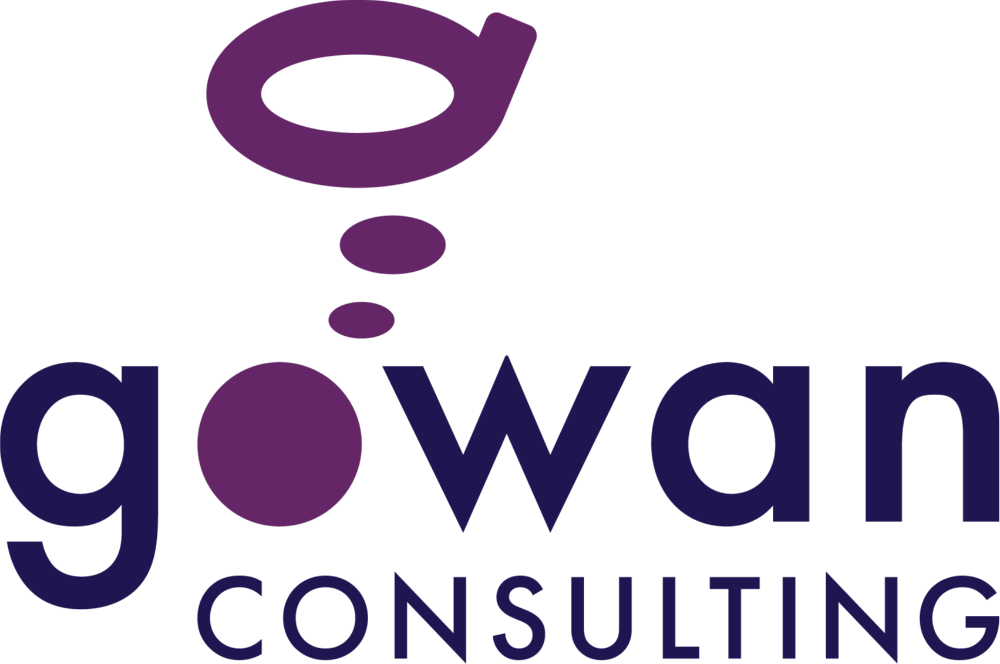Spine Health and Lifting: How to Protect Spine Health
Oct 05, 2023
According to spine experts, back pain is the “biggest single cause of disability on the planet” and as much as 80% of the population will experience a back problem at some point in their lives.1 Back pain is one of the most common reasons for missed work and accounts for more than 264 million workdays lost every year.2 Most cases of back pain are mechanical or non-organic, and not caused by other serious medical conditions, which means that back pain is often preventable.2
Lifting objects correctly is particularly important when it comes to employee spine health. Improper lifting techniques can lead to serious back problems and chronic pain, affecting an individual's overall well-being and productivity. Increasing awareness around spine health and encouraging lifting best practices in the workplace can help reduce the global burden of back pain and support employees in taking preventative actions.
Back Pain and the Workplace
Workplace back injuries can result from various factors, including poor ergonomics, improper lifting techniques, sedentary work, and pre-existing illnesses and disorders. Those who are older, unfit, or overweight and those with poor posture, arthritis, or psychological stress are more at risk of back pain.2 A back strain may occur during work when an individual works at their maximum lifting capacity, twists or bends awkwardly, sits, or stands in a static position for a long period of time or uses the same muscles repetitively.
Some job positions also put employees at higher risk of acquiring a back injury. These positions include careers where the employee needs to sit at a desk for long periods of time, long distance drivers, construction workers or other positions that involve heavy lifting, and careers that involve awkward positioning, such as beauticians. Despite what we know about how back injuries are acquired, with 85% to 90% of cases, no specific cause can be identified.3
Back pain can lead to negative mental effects, and vice versa, poor mental health can increase the symptoms of back pain. Research shows that people with back pain are more likely than those without back pain to have symptoms of depression or anxiety.4 Back pain can be incredibly painful and debilitating, impacting an individual’s ability to function optimally at work. To help prevent both physical and psychological injuries at work, employers should ensure that preventative ergonomic measures are implemented, and training is conducted on proper lifting techniques.
Dos and Don’ts of Lifting
There are multiple do’s and don’ts when lifting to ensure that your spine is well protected in the short-term and long-term at work. Here are some of the proper lifting techniques:
Do:
- Make sure your feet are firmly planted on the ground about hips width apart, one in front of the other.
- Squat down, keeping the “S” curve in your back.
- Bend your knees when lifting up and down.
- Grasp the object firmly.
- Lift using your legs.
- A general rule of thumb for ergonomic lifting is that 35% of a person’s body weight will be considered as “heavy.” If an object is too heavy to lift, ask for help or use a lifting device.
Don’t:
- Do not twist your back- twisting your body while lifting can put immense stress on your spine. Always pivot your feet to change direction instead of twisting your torso.
- Do not rush – rushing during lifting can lead to poor form and increased risk of injury. Take your time and prioritize safety.
- Do not forget to warm up - a brief warm-up can help prepare your muscles for lifting tasks. Stretching and light exercises can be beneficial.
What Can Employees Do?
There are actions an employee can take during their time at work to recognize potential hazards in the workplace and work accordingly to ensure back problems due to lifting are minimized.
- Apply proper ergonomics to your standing, bending, and sitting positions.
- Take micro-breaks throughout the workday to stretch and move your body (1 to 2 minutes every 30 minutes).
- Modify specific seated behaviours so that they can be performed while standing (for example, talking on the phone).
- Keep your body strong – incorporate exercise in your day with cardio, strengthening, and stretching to develop your core muscles.
What Can Employers Do?
- Training Programs: Implement training programs that educate employees about proper lifting techniques and overall spine health. Regular workshops or safety training sessions can be invaluable.
- Ergonomic Workstations: Provide employees with ergonomic workstations and chairs to encourage good posture and reduce the risk of back problems.
- Task Assessment: Continuously assess workplace tasks to identify and mitigate any potential hazards related to lifting and ergonomics.
- Access to Equipment: Ensure that employees have access to appropriate lifting equipment, such as dollies, forklifts, or conveyor belts, to reduce the need for manual lifting.
- Encourage Breaks: Encourage employees to take regular breaks, especially for tasks involving repetitive lifting or prolonged sitting. These breaks can help alleviate stress on the spine.
How Can Gowan Consulting Help?
Gowan Consulting specializes in Occupational Therapy. We have Occupational Therapists all over Canada that can assist with making your workplace healthier. We can assist with anything from ergonomic assessments to mental health to workplace accommodations and return to work. Occupational Therapists can help facilitate Return to Work programs for individuals recovering from spine injury to ensure a smooth transition. Additionally, Occupational Therapists can provide specific training, such as Psychological Health and Safety Training or Mental Health Training so that spine related concerns are not worsened due to psychological factors. Make a referral to see how we can help with your workplace concerns
You can also check out our training catalogue, which includes live workshops, certificate programs, and recorded webinars for employees and employers. Or set up a consultation with us to develop a customized session or program for your workplace needs.
Looking for sustainable training and support for program development for your organization? Sign up for our free webinar series throughout the month of October; this month’s theme is Occupational Therapy where we will do a deep dive into everything Occupational Therapy can do to support health and productivity in the workplace. Sign up today at www.gowanhealth.com/store.
For more on all we have to offer, contact us! We want to help make the difference in your healthy business.

